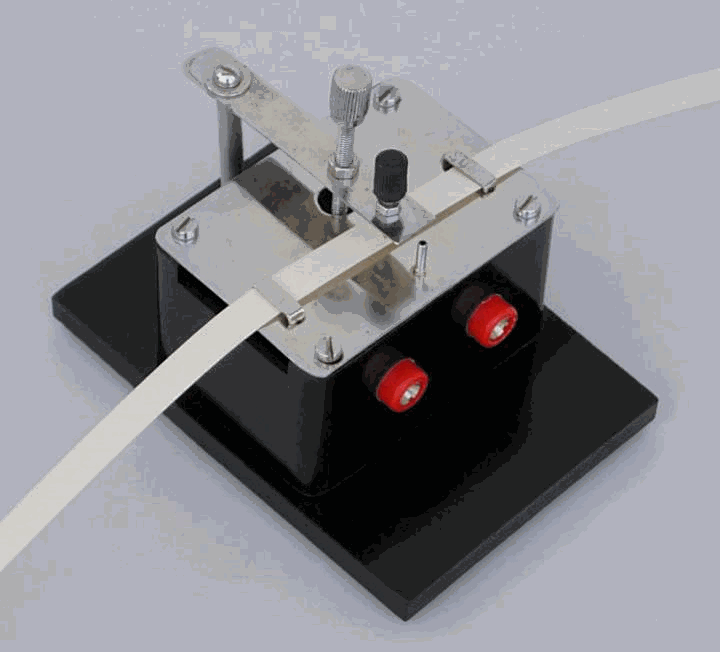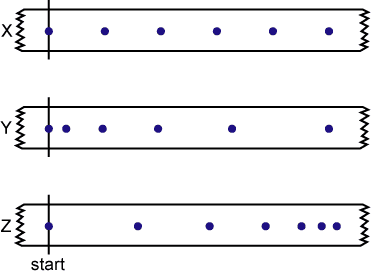Table of Contents
SI unit of time is second (s). It is a scalar quantity.
The standard for unit of time, the second (s), is the exact duration of 9,192,631,770 cycles of the radiation associated with the transition between the two hyperfine levels of the ground state of cesium-133 atom.
Common Clocks & Watches
Some of the more common clocks and watches can be found in the table below:
| Type of clock/watch | Use and accuracy |
|---|---|
| Atomic clock | Used to measure very shoty time intervals of about $10^{-10}$ seconds |
| Digital stopwatch | Used to measure short time intervals of minutes and seconds to an accuracy of $\pm 0.01 \text{ s}$ |
| Analogue stopwatch | Used to measure short time intervals of minutes and seconds to an accuracy of $\pm 0.1 \text{s}$ |
| Ticker-tape timer | Used to measure short time intervals of 0.02 s |
| Watch | Used to measure longer time intervals of hours, minutes and seconds |
| Pendulum clock | Used to measure longer time intervals of hours, minutes and seconds |
| Radioactive decay clock | Used to measure LONG time intervals of years to thousands of years |
Clocks
Equipment: It can be read in hours, minutes and seconds.
How to use: The clock is set to commence at a particular time or the start time is noted. The time event is then allowed to occur, and at the end of the event, the end time is noted. The difference provides the required time interval.
Accuracy: ± 1 s
Stopwatches
Equipment: It reads up to 0.01 s
How to use: As the time event occurs, the stopwatch is started at the same time. At the end of the event, the stopwatch is stopped and the end time is noted. The reading provides the required time interval. Some precise stopwatches are connected electronically to the time event and hence, more accurate.
Accuracy: ± 0.1 s. (Allowance made to human reaction time limits the accuracy of the stopwatch to 0.1 – 0.4 s for laboratory experiments. Records that show up to 2 decimal places are not appropriate.)
Ticker Taper Timer
A ticker tape timer is a machine that produce a dot on a tape at a fixed time interval.
How to use: The tape is attached to an object and the state of motion of the object can be deduced from the dots on the tape.
Reading The Tape From Ticker Tape Timer
The procedure to deducing the state of motion from the resulting tape is best explained using an example. The figure above consists of 3 tapes, X, Y and Z, with a length of 1 m from the first dot to the last dot. The dots are made by a ticker tape timer with a time interval of 0.1 seconds.
For X, the dots are evenly spaced. Since the length is 1 m, the spacing between each dots is 0.2 m. We can calculate the speed of the object using $\text{Speed} = \frac{\text{Distance}}{\text{Time}} = \frac{0.2}{0.1} = 2 \, m/s$ Hence, X represent the tape from an object that is moving at constant speed.
For Y, the spacing between the dots increases as time passes. Since the dots are made with a fixed time interval, the time in the formula above is fixed. We will get an increasing speed as the distance between the dots increases. Hence, Y represent the tape from an object that is accelerating.
For Z, the spacing between the dots decreases as time passes. Using the same reasoning as above, Z represent the tape from an object that is decelerating.

